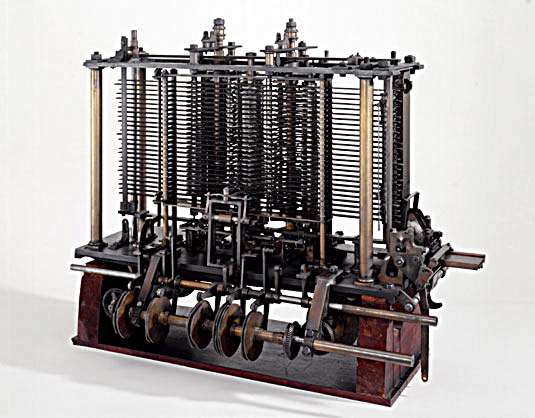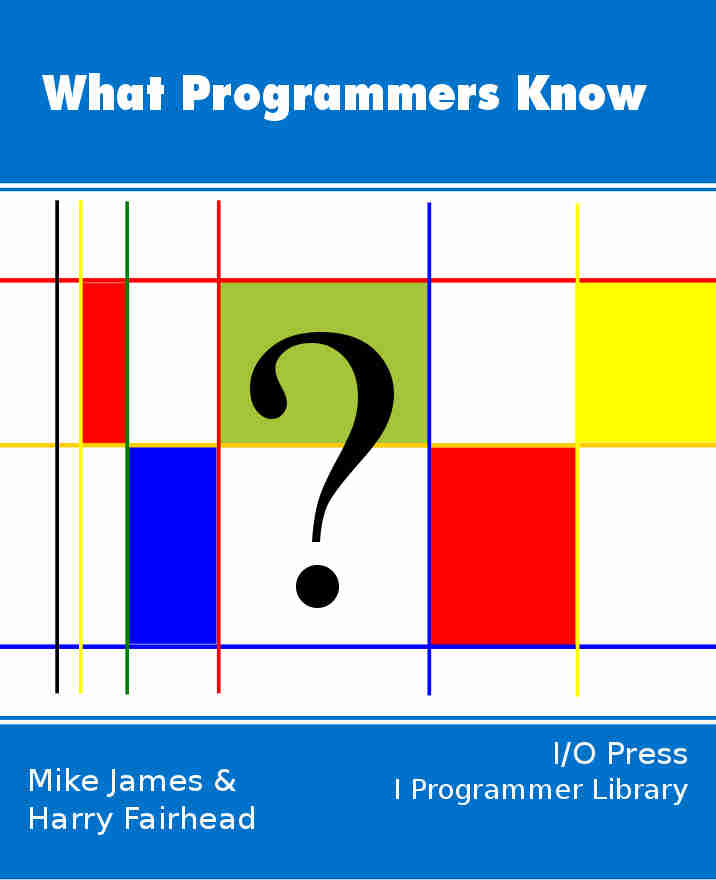| The Computer - What's The Big Idea? |
| Written by Mike James | |||||||
| Thursday, 08 October 2020 | |||||||
Page 3 of 3
The Essential IdeaSo far we haven’t really defined what the essential computer idea is. We’ve talked around it, said what it isn’t but it still remains slightly elusive, slightly shadowy. The reason is that it really is quite a subtle idea and it is difficult to explain it without reference to the particular technology used to realise it. To take the example of George Stephenson and the “moving machine”, you can see that it is easier to give examples - carts, chariots, steam engines, cars and so on - then it is to capture the essence of what a “moving machine” is. A computer clearly has to have a program - i.e. a list of instructions that controls what it does and those instructions have to be able to directly influence what the system does next. That is you can't imagine a little human, a homunculus, sitting inside the computer reading the program and pulling levers. The program has to be the lever and it has to do the pulling directly. That is in a computer there has to be a direct connection between the program and what happens i.e. it is part of the mechanism. This is the most difficult part of the idea to grasp. For example, if the computer has a instruction which retrieves a value from one memory location and stores it in another memory location then the instruction has to actually cause the computer to do the move. That is when the instruction is executed its representation, its instruction code, has to cause the memory location to be accessed and the value moved to a new location. It isn't just an instruction telling the machine what to do it actually makes the machine do it. However this isn't enough. There are machines that seem to be capable of being programmed but they don't have enough flexibility and power to compute everything. That is they are not as powerful as a Turing machine.There are algorithms that the machine cannot execute even though a Turing machine can. So to be a computer, a universal computer, a programmable device has to be equivalent to a Turing machine. In the jargon it has to be Turing complete. To show that a computational device is Turing complete can be difficult but the most common way of doing the job is just to demonstrate that the device can simulate or behave like a universal Turing machine or that it can do the same computations as a system all ready known to be Turing complete. The Principle Of Computational EquivalenceSo how common are Turing complete systems? The answer is that they seem to be very common. Even very simple computing systems have been proved to be Turing complete. Stephen Wolfram has even postulated the principle of computational equivalence which while it is difficult to pin down precisely: "Almost all processes that are not obviously simple can be viewed as computations of equivalent sophistication" seems to say that just about everything that gets over a basic stupidity test is capable of universal computation. The differences are only in how efficient the system is at the computation you are interested in. So for example the human brain and the weather system on the planet earth are both computationally equivalent (probably) and both are universal. This sounds odd but what it means is that you could perform a computation by setting up the human brain in a state and then let it develop. You could also do the same thing with the weather system, set up a weather state and allow it to develop to run the program, but you might have to wait a little longer for the result and you might get wet along the way. What differs between the way that the two systems operate is merely the way the program is encoded and the mapping of inputs and output. They are both universal for computation and equivalent to a universal Turing machine. The two systems are computationally equivalent and universal and what Wolfram is saying is that this is rule rather than the exception. As long as a system isn't clearly so simple that its behavior is restricted to the trivial then it probably is universal. So now we have a wonderful abstract definition of what is and what is not a computer but in the real world the engineering matters. It took many years and many clever ideas to turn the crude internal combustion engine into something that cruises the motorways at the speed limit. The same is true only more so of the computer. Turing may have had an imaginary computer but you couldn't use it to play space invaders or run Linux. To make the modern computer work you need lots of clever ideas to determine how to implement Babbage’s mill, store and input-output devices. Beyond this you also need to know how to make the symbols do what you want them to and do it reliably. Both involve great ideas that are essential to understanding what your computer can and cannot do today or ever.
Related ArticlesA New Computational Universe - Fredkin's SALT CA A Computable Universe - Roger Penrose On Nature As Computation
What Programmers Know
Contents
* Recently revised
Comments
or email your comment to: comments@i-programmer.info To be informed about new articles on I Programmer, sign up for our weekly newsletter, subscribe to the RSS feed and follow us on Twitter, Facebook or Linkedin.
|
|||||||
| Last Updated ( Thursday, 08 October 2020 ) |



